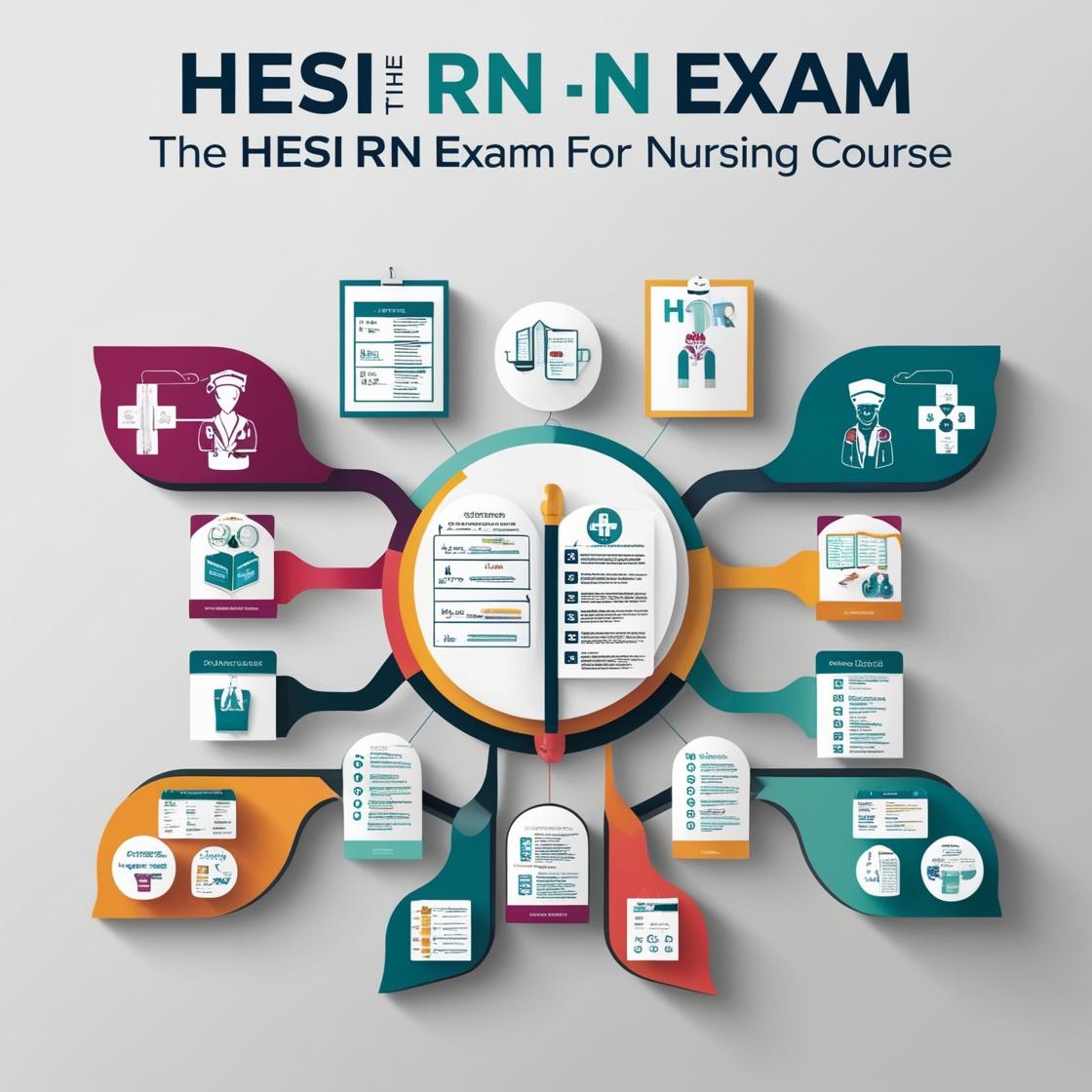HESI RN
Mental Health HESI Quizlet
1. A client is receiving substitution therapy during withdrawal from benzodiazepines. Which expected outcome statement has the highest priority when planning nursing care?
- A. Excessive CNS stimulation will be reduced.
- B. Co-dependent behaviors will be decreased.
- C. Client’s level of consciousness will increase.
- D. Client will not demonstrate cross-addiction.
Correct answer: A
Rationale: The correct answer is A: 'Excessive CNS stimulation will be reduced.' During benzodiazepine withdrawal, the priority is to manage symptoms such as CNS hyperactivity, which can include agitation, anxiety, and seizures. Substitution therapy aims to minimize these withdrawal symptoms by providing a safer alternative to the benzodiazepine. Options B, C, and D are not the highest priority during benzodiazepine withdrawal. Decreasing co-dependent behaviors, increasing the client's level of consciousness, and preventing cross-addiction are important aspects of care but are not as critical as managing the potentially severe CNS stimulation.
2. A client on the mental health unit is becoming more agitated, shouting at the staff, and pacing in the hallway. When a PRN medication is offered, the client refuses the medication and defiantly sits on the floor in the middle of the unit hallway. What nursing intervention should the nurse implement first?
- A. Transport the client to the seclusion room.
- B. Quietly approach the client with additional staff members.
- C. Take other clients in the area to the client lounge.
- D. Administer medication to chemically restrain the client.
Correct answer: B
Rationale: In situations where a client is agitated and refusing medication, a non-confrontational approach with additional staff can help de-escalate the situation and address the client's behavior safely. Transporting the client to the seclusion room (Choice A) should not be the initial intervention unless the client poses an immediate risk of harm to themselves or others. Taking other clients to the client lounge (Choice C) does not directly address the agitated client's behavior. Administering medication to chemically restrain the client (Choice D) should only be considered after other de-escalation attempts have been made and if there is a significant safety concern.
3. An adolescent with anorexia nervosa is undergoing nutritional therapy. Which finding best indicates that the client is making progress in treatment?
- A. Client gains 2 pounds in a week.
- B. Client describes a positive body image.
- C. Client engages in recreational activities.
- D. Client begins to talk about future goals.
Correct answer: A
Rationale: The correct answer is A. Weight gain is a crucial indicator of progress in the treatment of anorexia nervosa. In individuals with anorexia, restoring and maintaining a healthy weight is a primary goal to address the underlying nutritional deficiencies and health complications associated with the disorder. While choices B, C, and D are positive developments in the client's overall well-being and recovery journey, they are not as directly linked to the core issue of nutritional rehabilitation in anorexia nervosa. Describing a positive body image, engaging in recreational activities, and talking about future goals are important aspects of psychological and emotional recovery, but weight gain is a more immediate and objective measure of progress in treating anorexia nervosa.
4. The client is preparing to discontinue the use of a sedative-hypnotic medication. Which instruction should the nurse include?
- A. “You may experience withdrawal symptoms; these are usually mild.â€
- B. “The medication will need to be gradually tapered off.â€
- C. “You should increase your caffeine intake to stay alert.â€
- D. “There should be no change in your sleep patterns during discontinuation.â€
Correct answer: B
Rationale: When discontinuing sedative-hypnotic medications, it is crucial to gradually taper them off to prevent withdrawal symptoms. Choice A is incorrect because withdrawal symptoms can be severe, not always mild. Choice C is incorrect as increasing caffeine intake can exacerbate sleep disturbances. Choice D is incorrect because changes in sleep patterns are expected during discontinuation of sedative-hypnotic medications.
5. Which actions are likely to help promote the self-esteem of a male client with major depression?
- A. Ask the client about his long-term goals.
- B. Discuss the challenges of his medical condition.
- C. Include the client in determining treatment protocol.
- D. Encourage the client to engage in recreational therapy.
Correct answer: C
Rationale: Including the client in determining the treatment protocol is the most suitable action to promote the self-esteem of a male client with major depression. This approach empowers the client, involves him in decision-making regarding his care, and fosters a sense of control and self-worth. Option A, asking about his long-term goals, may not directly address his immediate self-esteem needs related to his current condition. Option B, discussing the challenges of his medical condition, may inadvertently focus on negative aspects and potentially lower self-esteem. Option D, encouraging engagement in recreational therapy, is beneficial but may not directly address the client's sense of control and self-worth in decision-making related to his treatment.
Similar Questions

Access More Features
HESI RN Basic
$69.99/ 30 days
- 50,000 Questions with answers
- All HESI courses Coverage
- 30 days access @ $69.99
HESI RN Premium
$149.99/ 90 days
- 50,000 Questions with answers
- All HESI courses Coverage
- 30 days access @ $149.99
